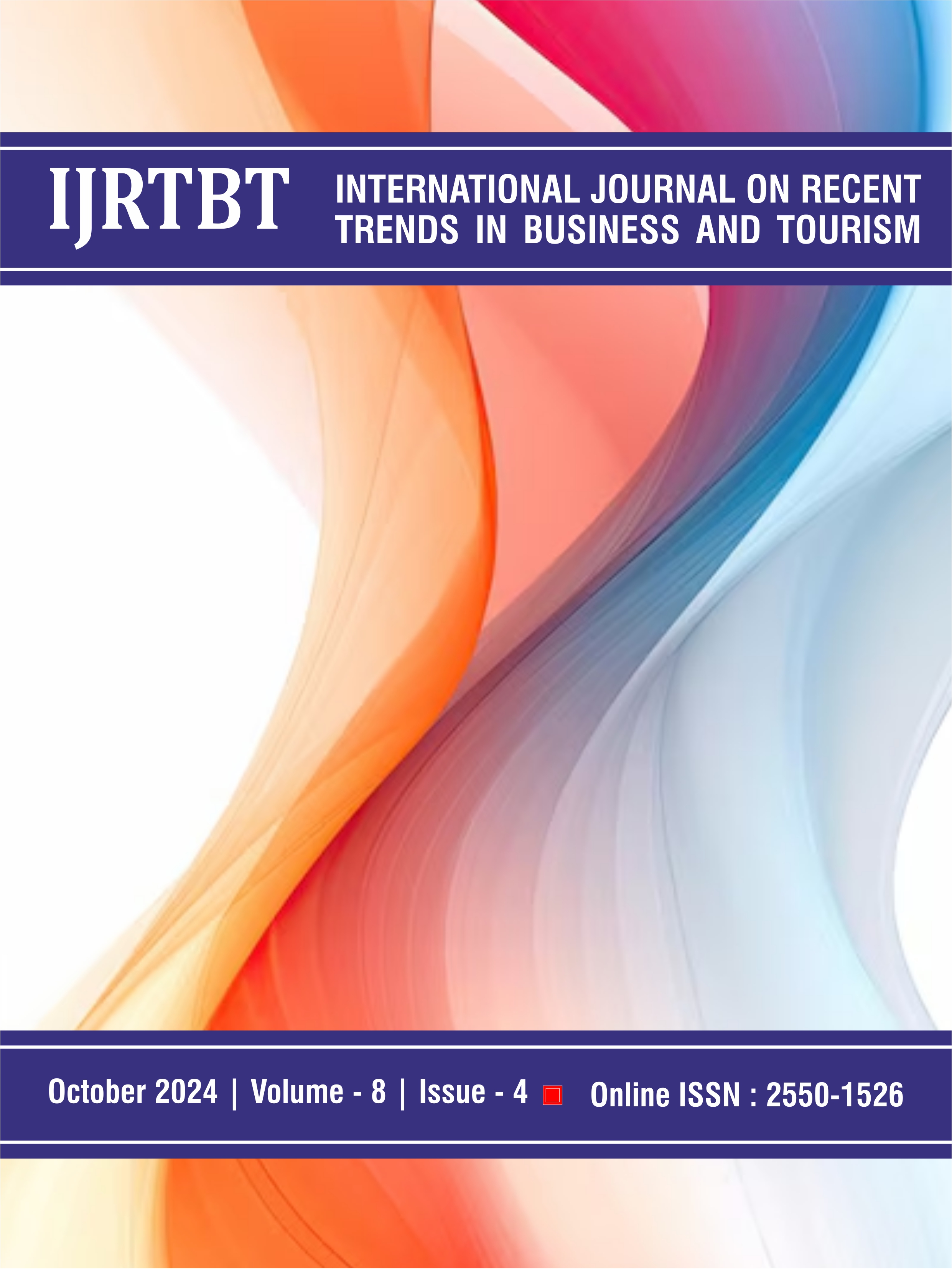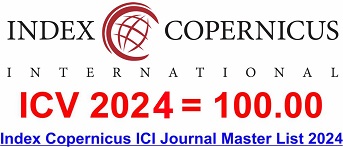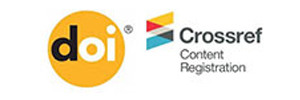Design and Development of Hope Island Tourism Village as an Incentive Travel Destination in the Special Area of Jakarta, Indonesia
DOI:
https://doi.org/10.31674/ijrtbt.2024.v08i04.001Abstract
Incentive travel is a business strategy that companies use to motivate employees by encouraging them to travel to a specific destination. This is a unique and effective way to increase consumer motivation and interaction within the company. Indonesia was chosen as one of the top incentive destinations, also prioritising incentive travel as one of its economic driving engines. MICE (Meeting, Incentive, Convention, and Exhibition) destinations play an important role in the success of MICE activities, have strategic value in the right destination competitiveness, and are able to handle efficiently and effectively the changing and dynamic environment that surrounds the tourism industry. The advantages of the city of Jakarta as an incentive travel destination are not optimal, but the city of Jakarta has a tourist village that can be developed as a destination for incentive travel activities. Tourism villages as destinations have good accessibility, tourist attractions, community participation, stable security, accommodation, communication, and labour in the village, and tourist attractions are quite well known to tourists. This study uses TOWS (Threat, Opportunity, Weakness, Strength) as an analysis method to evaluate the condition of the Harapan Island area as an incentive travel destination in Jakarta. This study focuses on internal and external factors to determine the condition of the Pulau Harapan area to be considered as an incentive travel destination. The main informants include tourism awareness group academics, and experts in the field of MICE. These findings reveal that Harapan Island has tourism potential, with a comfortable transportation system, recreation, homestays, and diverse flora and fauna. This study shows that improving the condition of the Harapan Island area as an incentive travel destination can increase quality tourist visits.
Keywords:
Incentive Travel, MICE, TOWS Analysis, Tourism DestinationDownloads
References
Bire, R. B., Conterius, A. L. F., & Nasar, A. (2021). Drivers of regional destination competitiveness: a DEMATEL-fuzzy TOPSIS approach. The Indonesian Journal of Geography, 53(1), 144-152. https://doi.org/10.22146/IJG.58483
Buhalis, D. (2000). Marketing the competitive destination of the future. Tourism Management, 21(1), 97-116. https://doi.org/doi.org/10.1016/S0261-5177(99)00095-3
Chinnakum, W., Saosaovaphak, A., & Buranasiri, B. (2017). A supply chain analysis of incentive travels: a case of Thailand. International Journal of Supply Chain Management, 1(6), 155–164. https://doi.org/https://doi.org/10.59160/ijscm.v6i1.1623
Crouch, G. I. (2011). Destination competitiveness: An analysis of determinant attributes. Journal of Travel Research, 50(1), 27–45. https://doi.org/10.1177/0047287510362776
Giacomo, C.D., (2012). How do meeting organizers choose convention sites based on different types of meetings? An empirical analysis of the Italian meetings industry. Event Management, 16(2), 157-170. https://doi.org/10.3727/152599512X13343565268410
Gilsdorf, J. D. (2009). Iceland: A Potential Destination for Incentive Travelers (Doctoral dissertation). Retrieved from: https://hdl.handle.net/1946/3029, Accessed on 8th July, 2023
González-Rodríguez, M. R., Díaz-Fernández, M. C., & Pulido-Pavón, N. (2023). Tourist destination competitiveness: An international approach through the travel and tourism competitiveness index. Tourism Management Perspectives, 47, 101127. https://doi.org/10.1016/j.tmp.2023.101127
Hastings, B., Kiely, J., & Watkins, T. (2015). Sales force motivation using travel incentives: Some empirical evidence. Journal of Personal Selling and Sales Management, 8(2), 43–51. https://doi.org/10.1080/08853134.1988.10754490
Huabcharoen, S., & Viriyasuebpong, P. (2018). The Influence of Incentive Travel that Impact on Purchase Intention with an Insurance Company in Thailand. Journal of Thai Hospitality & Tourism, 2(13), 107–119.
Retrieved from:https://doi.org/https://so04.tci-thaijo.org/index.php/tourismtaat/article/view/151297, Accessed on 27th October, 2023
Handyastuti, I., Sanggramasari, S., Darwis, R., & Octaviany, V. (2023). Event Destination Selection Criteria: A Systematic Literature Review. European Modern Studies Journal, 7(4), 356–379. https://doi.org/10.59573/emsj.7(4).2023.33
Lee, J. S., & Chiang, C. H. (2017). Exploring multidimensional quality attributes of incentive travels. International Journal of Contemporary Hospitality Management, 29(8), 2198–2214. https://doi.org/10.1108/IJCHM-03-2016-0150
Ihensekien, O. A., & Joel, A. C. (2023). Abraham Maslow's Hierarchy of Needs and Frederick Herzberg's Two-Factor Motivation Theories: Implications for Organizational Performance. The Romanian Economic Journal, 85, 32–48. https://doi.org/10.24818/rej/2023/85/04
Kara, N. S., & Mkwizu, K. H. (2020). Demographic factors and travel motivation among leisure tourists in Tanzania. International Hospitality Review, 34(1), 81-103. https://doi.org/10.1108/ihr-01-2020-0002
Kononenko, I. (2014). The Effects of Incentive Travel: the value for the parties involved. Haaga-Helia University of Applied Sciences.
Retrieved from: https://www.theseus.fi/bitstream/handle/10024/73309/Kononenko_Irina.pdf?sequence=1, Accessed on 18th October, 2023
Krisnanda, R., Respati, H., & Supriadi, B. (2021). The Effect of Lifestyle and Local Food On Selection of Tourist Destinations in Malang City Through Eating Experince as Mediation. International Journal of Scientific and Technology Research, 10(2), 321-325. https://shorturl.at/OFSsO
Kulshrestha, S., & Puri, P. (2017). Tows analysis for strategic choice of business opportunity and sustainable growth of small businesses. Pacific Business Review International, 10(5), 144-152. Retrieved from: http://www.pbr.co.in/2017/2017_month/Nov/15.pdf, Accessed on 25th July, 2023.
Lichy, J., & McLeay, F. (2018). Bleisure: motivations and typologies. Journal of Travel & Tourism Marketing, 35(4), 517-530.https://doi.org/10.1080/10548408.2017.1364206
Maulana, Y., Ulinnuha, H., & Chandra, D. L. T. (2021). The effect of tourism attractions on tourists’ visiting interest to Penglipuran village, Bangli district. IOP Conference Series: Earth and Environmental Science, 704(1). https://doi.org/10.1088/1755-1315/704/1/012035
Mair, J. (2015). Incentive travel: A theoretical perspective. Event Management, 19(4), 543-552. https://doi.org/10.3727/152599515X14465748512803
Ministry of Tourism and Creative Economy. (2023, February 22). Kemenparekraf Obtained Potential Leads of Rp105.6 Billion at AIME 2023 [Ministry of Tourism and Creative Economy Obtains Potential Leads of IDR 105.6 Billion at AIME 2023]. Retrieved from: https://mice.kemenparekraf.go.id/news/606e35c8-8641-40b8-a2c8-1fcaa0c880e9, Accessed on 5th August, 2023
Morris, S., Dwyer, T., & Mulligan, J. (2020). Destination Management: The Influence of Local Food. The Irish Journal of Management, 39(2), 99–112. https://doi.org/10.2478/ijm-2020-0005
McKenna, S. A., & Main, D. S. (2013). The role and influence of key informants in community-engaged research: A critical perspective. Action Research, 11(2), 113–124. https://doi.org/10.1177/1476750312473342
Nazura, P., Akbar, G., & Safira, A. M. (2023). Monitoring Evaluation Analysis of Tourist Village Development: A Case of Kemiren, Banyuwangi. Jurnal Kepariwisataan Indonesia, 17(1), 12–22. https://doi.org/10.47608/jki.v17i12023.12-22
Juliana, Sihombing, S. O., & Suwu, S. E. (2023). Community-Based Ecotourism in Sawarna Tourism Village. Enrichment: Journal of Management, 13(1), 258-269.https://doi.org/10.35335/enrichment.v13i1.1192
Potgieter, M., & Geldenhuys, S. (2016). Incentive travellers’ proclivity to revisit an incentive destination. African Journal of Hospitality, Tourism and Leisure, 5(3), 1–22. https://doi.org/http://hdl.handle.net/10394/24360
Rasoolimanesh, S. M., Jaafar, M., Marzuki, A., & Abdullah, S. (2019). Examining the effects of personal factors and travel characteristics on tourists’ perceived crowding. European Journal of Tourism Research, 22, 5-19. https://doi.org/10.54055/ejtr.v22i.371
Rudatin, C. L., & Wardhani, A. (2024). Analysis of Stakeholder Engagement and Role in the Incentive Travel Destination Selection Process. KnE Social Sciences, 592-603. https://doi.org/10.18502/kss.v9i25.17010
Seebaluck, V., Naidoo, P., & Ramseook Munhurrun, P. (2015). Prospects and challenges of business tourism: A case of Mauritius. Review of Business & Finance Studies, 6(3), 45-55. https://ssrn.com/abstract=2657596
Sheldon, P. J. (2008). Incentive travel: Insights into its consumers. Journal of Travel and Tourism Marketing, 2(3), 19–33. https://doi.org/10.1300/J073v03n02_02
Sood, D., Sajnani, M., & Gautam, P. K. (2023). Unlocking the Benefits of Outbound Incentive Travel: A Comprehensive Review Study. International Journal of Professional Business Review, 8(4), 1-22. https://doi.org/10.26668/businessreview/2023.v8i4.1655
Soeswoyo, D., Syahrijati, P. S. A., Baskoro, D. A., Anggoro, D. A., & Sutisna, M. J. (2022). Tourism components analysis and sustainable rural tourism development planning based on culture and agriculture in Indonesia (Case study: Cimande Village). East Asian Journal of Multidisciplinary Research, 1(6). https://doi.org/10.55927/eajmr.v1i6.752
SITE Global. (2019). Incentive travel industry index: Asia update (Version 6). Retrieved from: https://siteglobal.com/system/files/202108/2732_SN_ITII_ASIA_Update_WEB_v6.pdf, Accessed on 10th September, 2023
Trusheva, S., & Syzdykbaeva, B. U. (2018). Prospects and development of tourism in Kazakhstan and the impact of incentive tours on efficiency. European Research Studies, 21(3), 727-737. https://doi.org/10.35808/ersj/1096
Utami, D. D., Dhewanto, W., & Lestari, Y. D. (2023). Rural tourism entrepreneurship success factors for sustainable tourism village: Evidence from Indonesia. Cogent Business and Management, 10(1). https://doi.org/10.1080/23311975.2023.2180845
Published
How to Cite
Issue
Section
License
Copyright (c) 2024 International Journal on Recent Trends in Business and Tourism (IJRTBT)

This work is licensed under a Creative Commons Attribution-NonCommercial-NoDerivatives 4.0 International License.



























